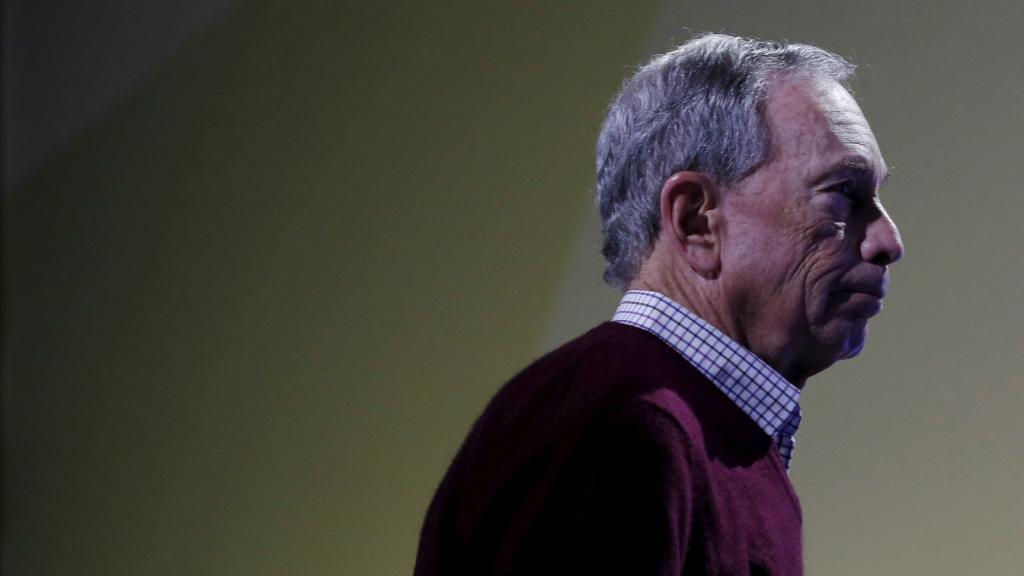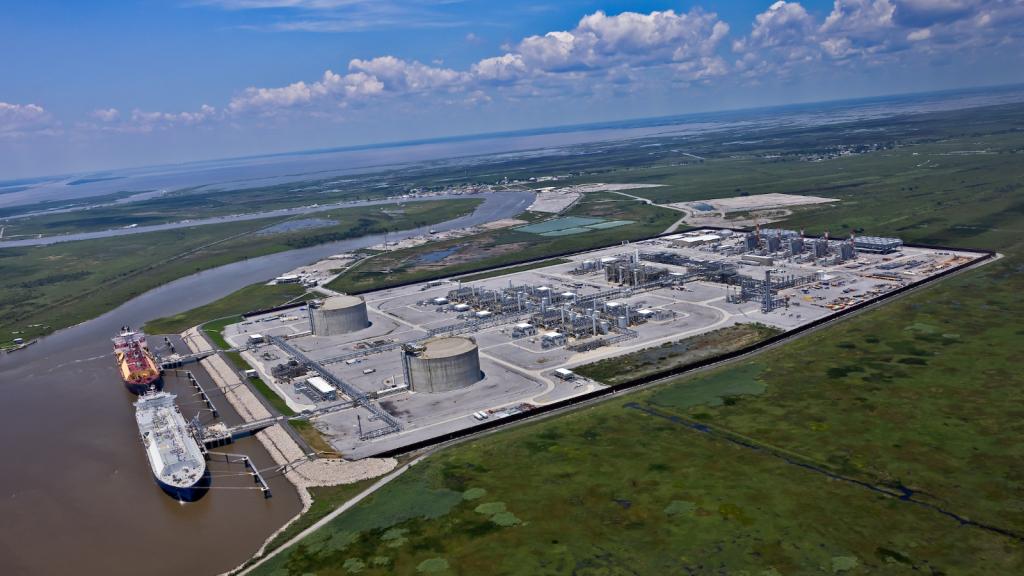We already know that pollution and climate change negatively affect people’s health and quality of life. But we’re not always clear about which people are most exposed and impacted.
The harm that comes with rising seas and contaminated water systems isn’t evenly distributed. To the contrary: Those who are already disadvantaged by race, wealth, and income are usually the most affected by environmental disasters. Without recognizing that inequality, we’re not always solving the problems with our water, air, and soil in ways that serve the people who need it most — which is why environmental justice is a critical part of planning a green future that’s good for everyone.
If you’ve never heard the term “environmental justice” before, or if you just want to know more about it, watch our video above.


